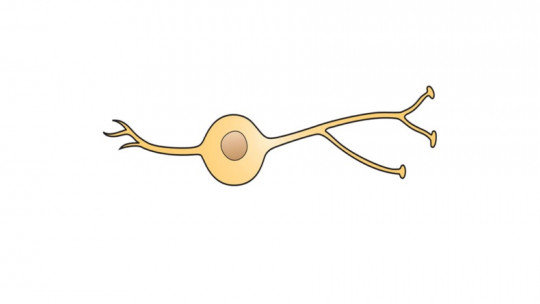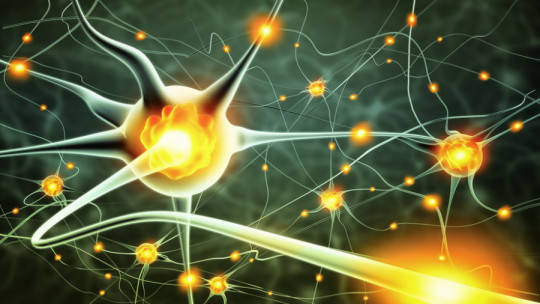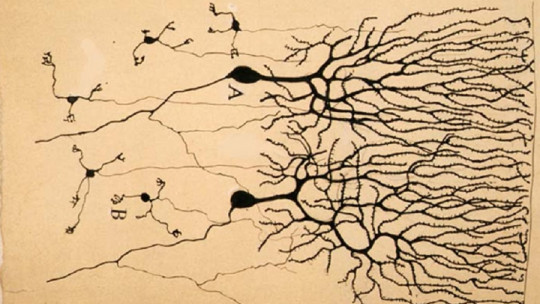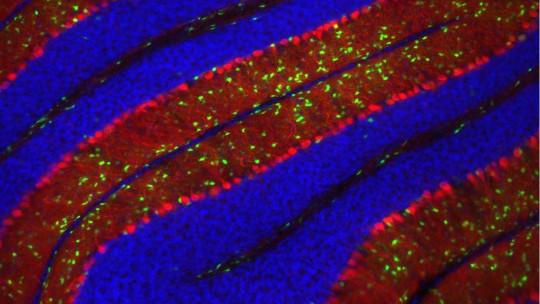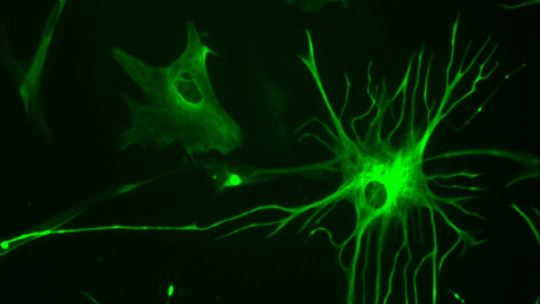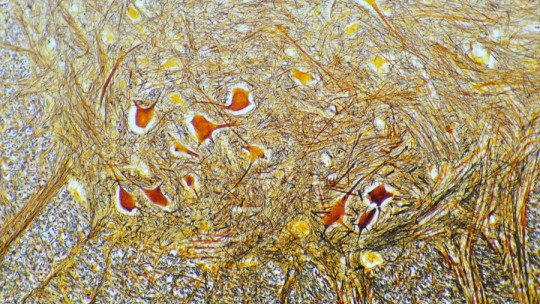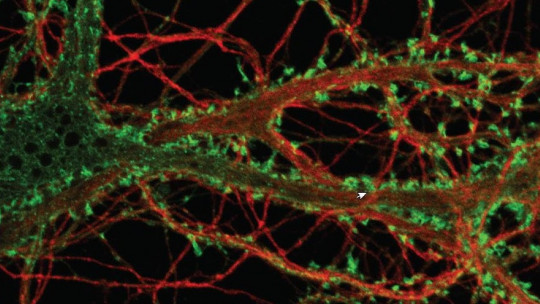
Von Economo neurons are a special class of nerve cells first described a little less than a century ago, characteristics of humans and great apes.
They are special because of their particular spindle-shaped structure and because they are involved in complex cognitive processes that have to do with socialization, empathy, intuition or complex decision making.
In this article we explain what this type of neurons consist of, where we can locate them, what their structure is and what functions they perform, and what happens when these cells develop abnormally.
Von Economo neurons: definition, location and development

Von Economo neurons, also known as spindle neurons, are named after the Austrian psychiatrist and neurologist Constantin F. Von Economo who in 1926 provided a detailed description of the morphology and cortical distribution of this type of neurons.
Von Economo was also the first scientist to show that these fusiform (spindle-shaped) cells are specialized neurons that are located mainly in layer Vb of the anterior cingulate cortex and the frontal insular cortex.
Spindle neurons, unlike most types of nerve cells, are present in great apes (gorillas, chimpanzees, bonobos and orangutans) and in humans, but absent in other types of primates.
Von Economo neurons develop late, both ontogenetically and phylogenetically. These cells appear for the first time at week 35 of gestation; At birth, only about 15% of the postnatal numbers are present, and by four years, adult numbers are present.
According to research, spindle cells appear to have evolved approximately 15 million years ago, before the evolutionary divergence of orangutans and hominids. Its discovery in some whales suggests that there could be a second independent evolution of this type of neurons.
The observation that Von Economo cells occur in a highly significant group of animals has led to speculation that they are of great importance in human evolution and brain functions.
The fact that these neurons have been discovered in other species (such as whales) suggests that they could be an obligatory neuronal adaptation in large brains, allowing rapid processing and transfer of information along highly specific projections, and that evolved in relation to emerging social behaviors.
Structure
Von Economo described these types of cells as neurons that show a spindle shape and unusual length oriented perpendicular to the pial surface of the cortex, with a large apical axon and a single basal dendrite, with a width practically equal to that of its soma.
Its large apical axon and elongated soma with a large volume are similar to those of the cortical pyramidal neuron, but Von Economo neurons lack the numerous basal dendrites that pyramidal cells have, and instead receive inputs from a relatively small subset of cortex; Furthermore, spindle neurons are approximately five times larger than layer V pyramidal neurons (on average).
Their structural similarity to pyramidal neurons suggests that these neurons can perform similar functions, and because the speed at which neurons conduct information usually covaries with the diameter of their axons, large Von Economo neurons can do so very quickly, in comparison with other neurons.
All in all, Von Economo neurons are relatively uncommon in a region such as the anterior cingulate cortex, since they comprise only 1-2% of the total neurons in this brain area.
In the frontal insular cortex, these types of neurons are 30% more numerous in the right hemisphere than in the left ; a process of hemispheric differentiation that occurs in the first four years of postnatal development in humans.
Features
Research suggests that the frontal insular cortex and the anterior cingulate cortex, the brain regions in which a greater number of spindle neurons have been located, They are involved in social reasoning, empathy, emotions, and the monitoring of visceral autonomic activity Among other functions.
The anterior cingulate cortex has projections to the frontopolar cortex, which has been related to processes of cognitive dissonance and uncertainty. Given the morphology of Von Economo cells, they have been described as fast projection neurons, and due to the functions of the areas from which they are believed to receive and project information, it is believed that they would play an important role in intuition, making quick decisions and resolving cognitive dissonance processes.
Spindle neurons help channel neural signals from deep regions of the cortex to relatively distant parts of the brain. It has been observed that signals from the anterior cingulate cortex are received in Brodmann’s area 10, in the frontopolar cortex, where the regulation of cognitive dissonance and disambiguation between alternatives is thought to occur.
On the other hand, in humans, intense emotions activate the anterior cingulate cortex, as it transmits neural signals that come from the amygdala, a primary emotion processing center, to the frontal cortex. The anterior cingulate cortex is also active during demanding tasks that require judgment and discrimination, as well as in error detection.
The anterior cingulate cortex is also involved in autonomic functions, including motor and digestive functions while playing a role in regulating blood pressure and heart rate.
The significant olfactory and gustatory capabilities of the cingulate cortex and frontal insular cortex appear to have dissipated during evolution, now performing enhanced functions related to higher cognition, ranging from planning and self-awareness to role-playing and deception.
It is also worth noting that the diminished olfactory function of humans, compared to other primates, could be related to the fact that spindle cells located in crucial neural centers have only two dendrites instead of many, resulting in neural integration. reduced
Disorders related to the abnormal development of these neurons
Abnormal development of Von Economo neurons has been linked to several personality disorders and neurodevelopmental disorders especially those characterized by distortions of reality, alterations in thinking, language disorders and social withdrawal.
Furthermore, the development and abnormal functioning of this type of neurons has been implicated in disorders such as autism, since in various studies it has been proven that spindle neurons participate in the cognitive processes involved in the rapid intuitive evaluation of complex situations. . In this sense, it has been suggested that they could be part of the circuits that support human social networks.
It has been proposed that Von Economo neurons are related to brain areas associated with theory of mind, through the transmission of information from the cingulate cortex and frontoinsular areas to the frontal and temporal cortex, where rapid intuitions are combined with slower deliberative judgments.
In autism spectrum disorders, spindle neurons may not develop properly, and this failure could be partially responsible for the social difficulties that arise from applying defective intuition processes.
Besides, Selective degeneration of spindle neurons has also been observed in diseases such as Alzheimer’s and dementia For example, in patients with frontotemporal dementia, a neurodegenerative disorder that causes the person to lose empathy and become erratic and insensitive, it has been seen that 70% of Von Economo neurons were damaged.
Finally, it should be noted that some research has suggested that the abnormal development of these neurons could be related to the pathogenesis of schizophrenia, although no conclusive results have been obtained to date.


